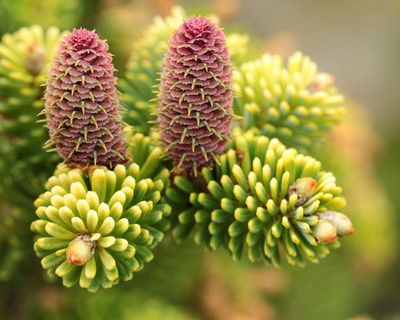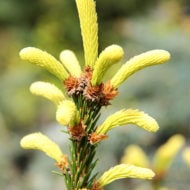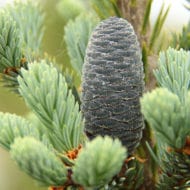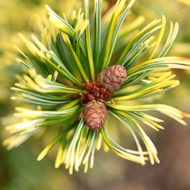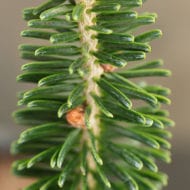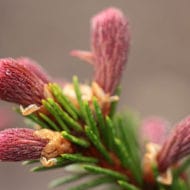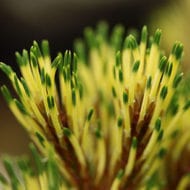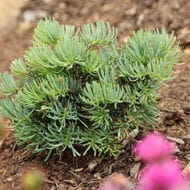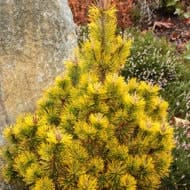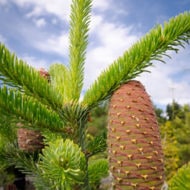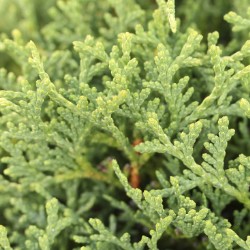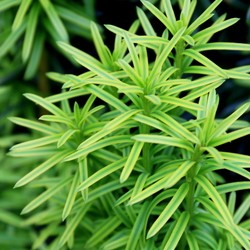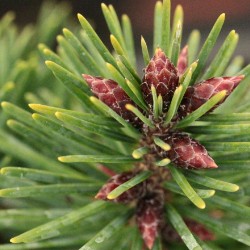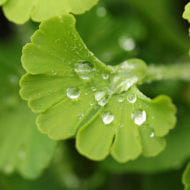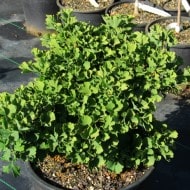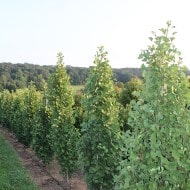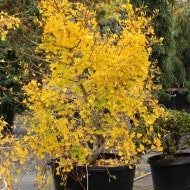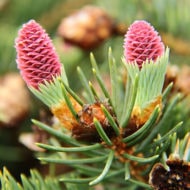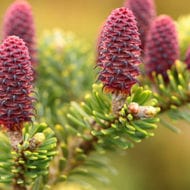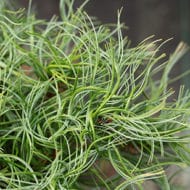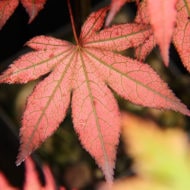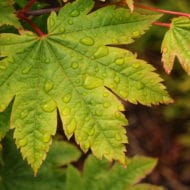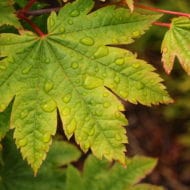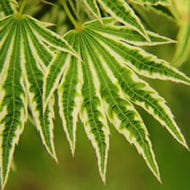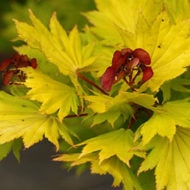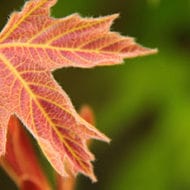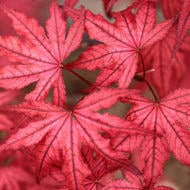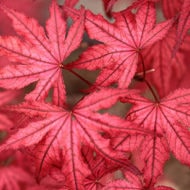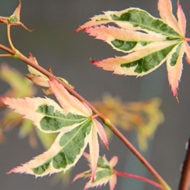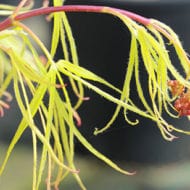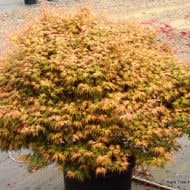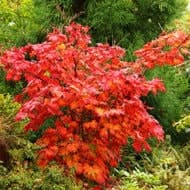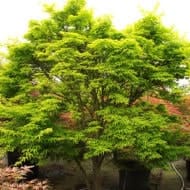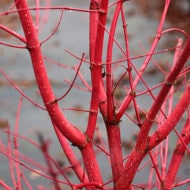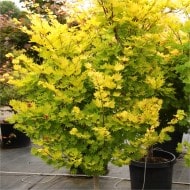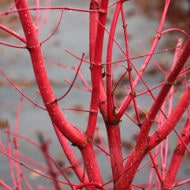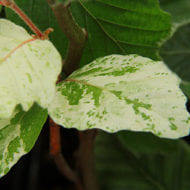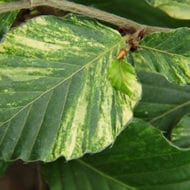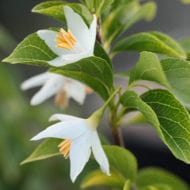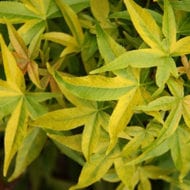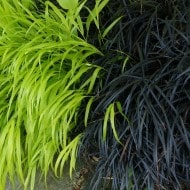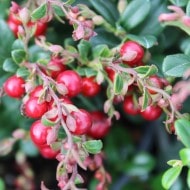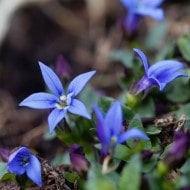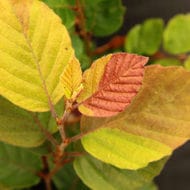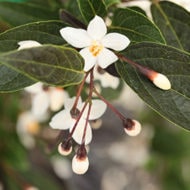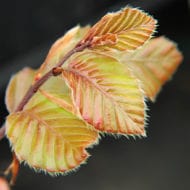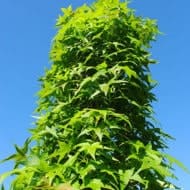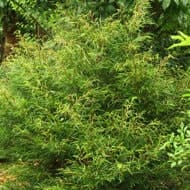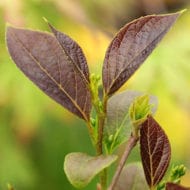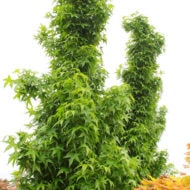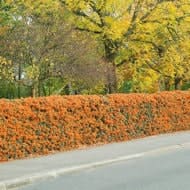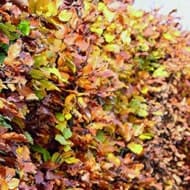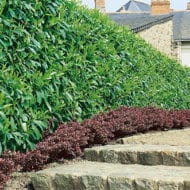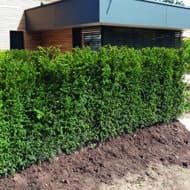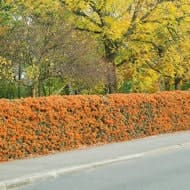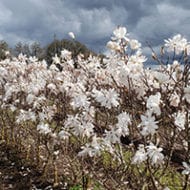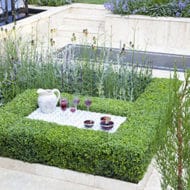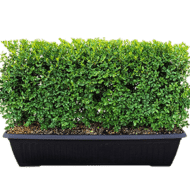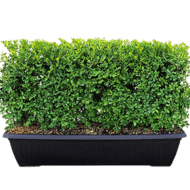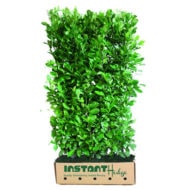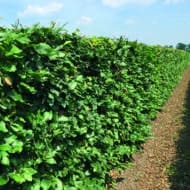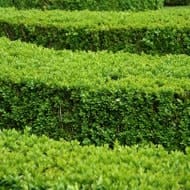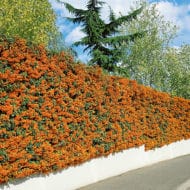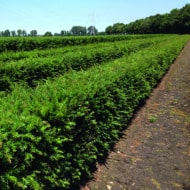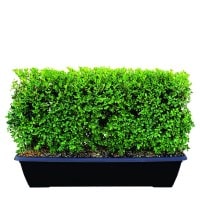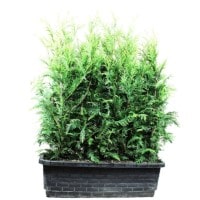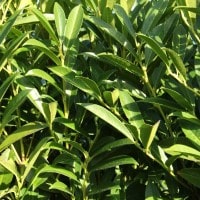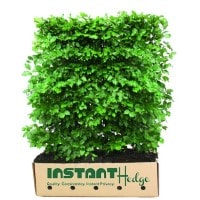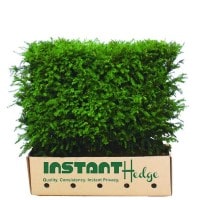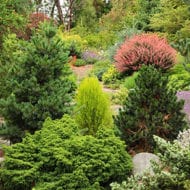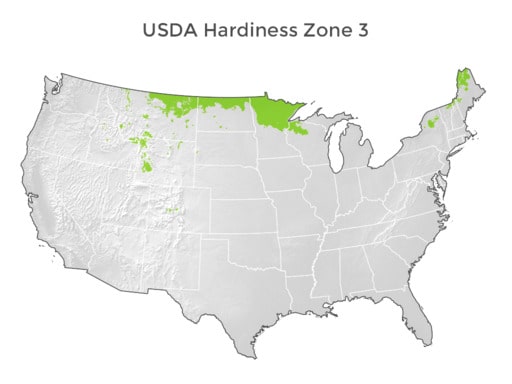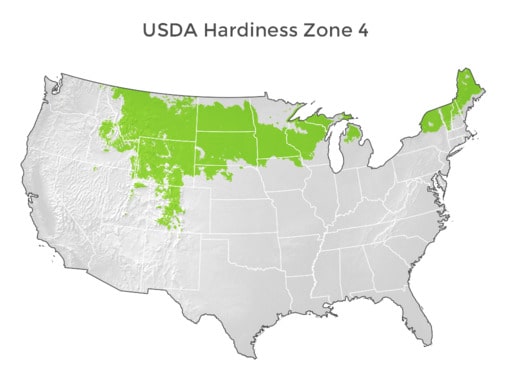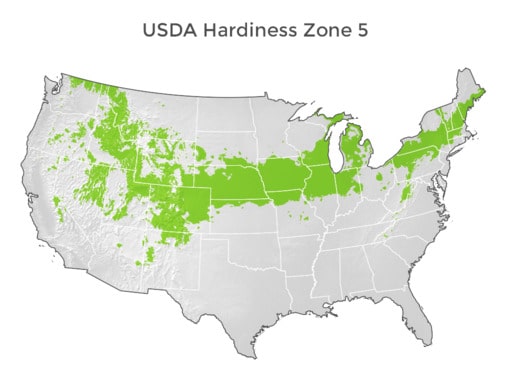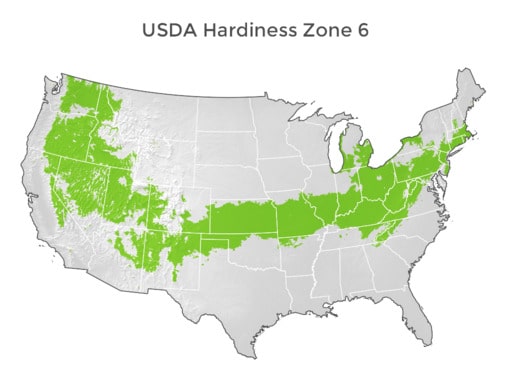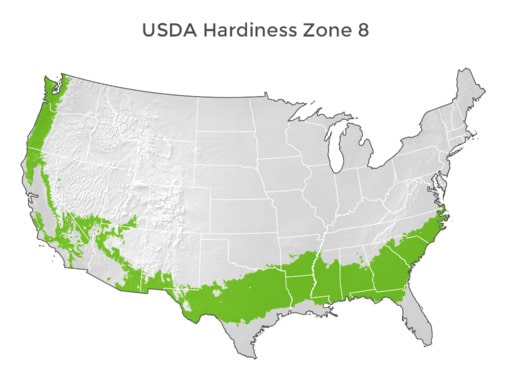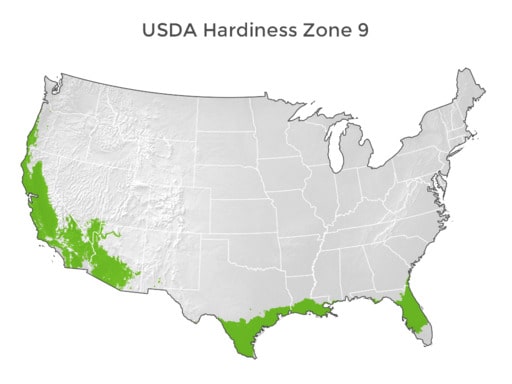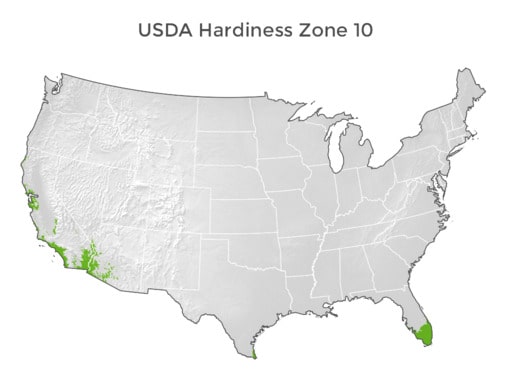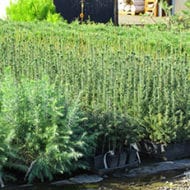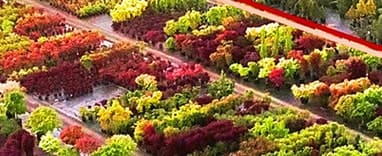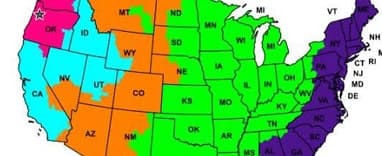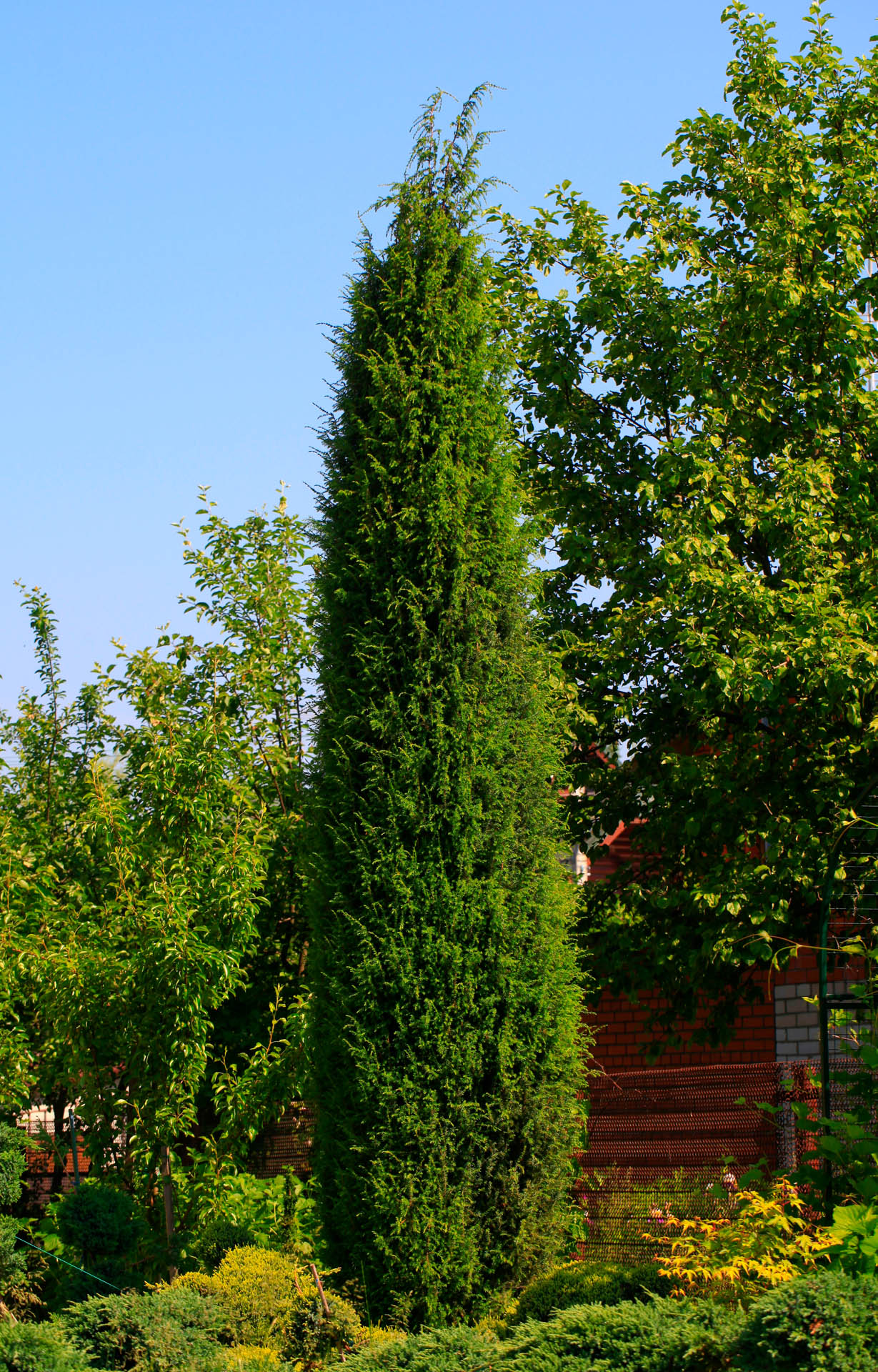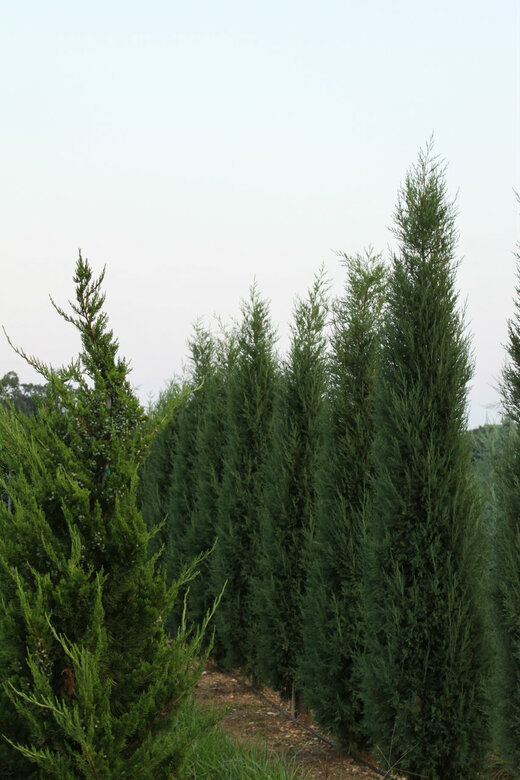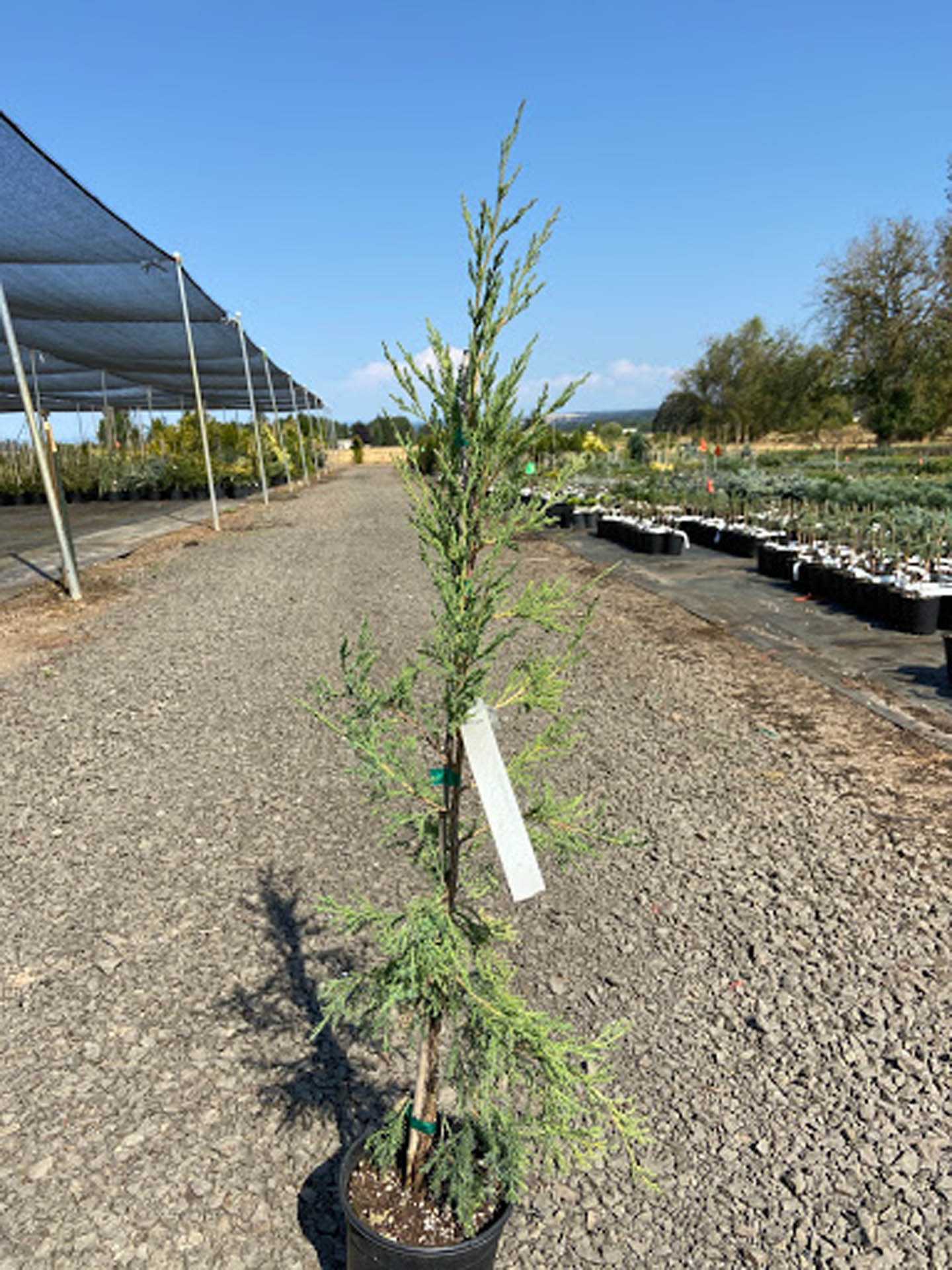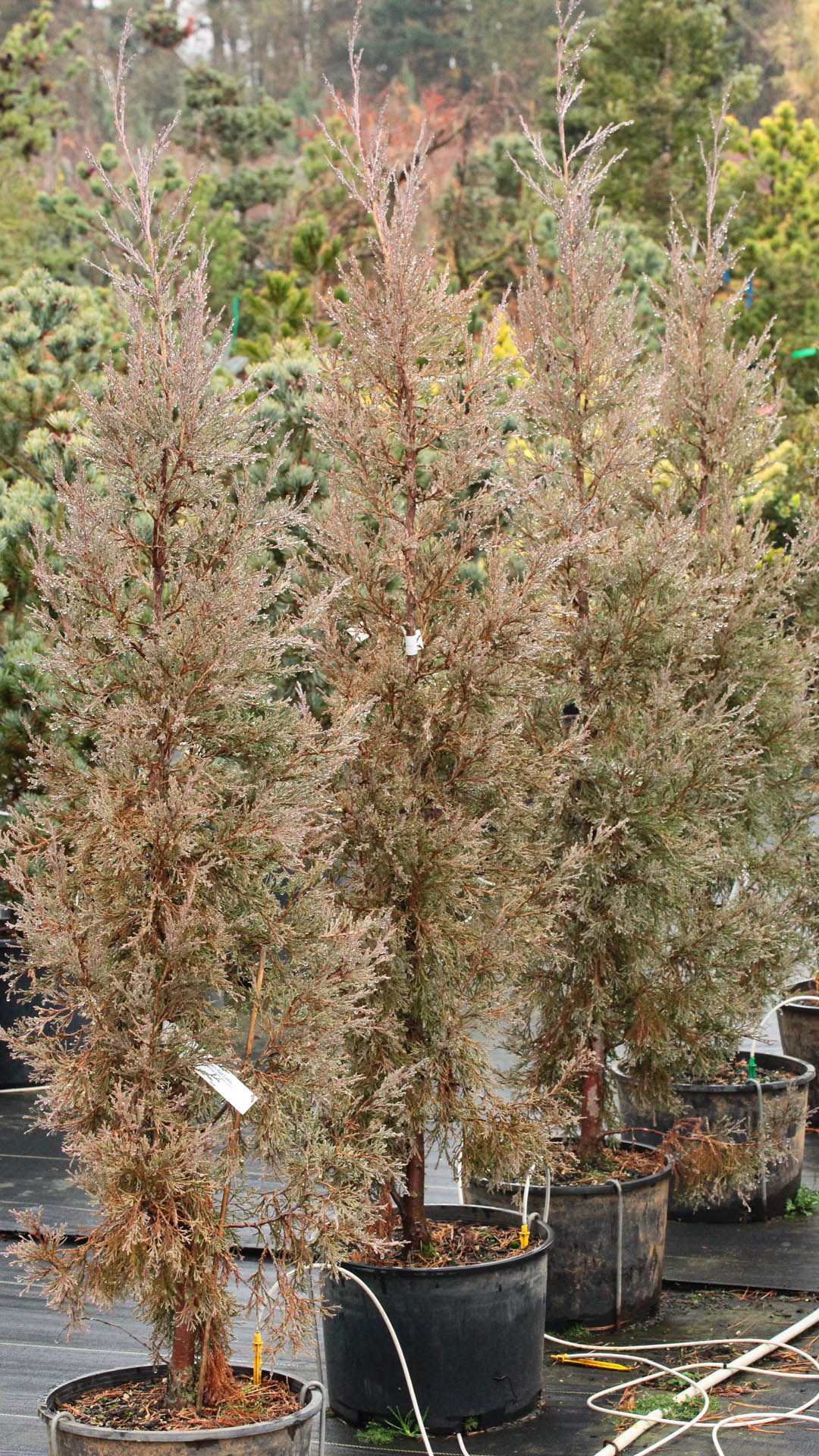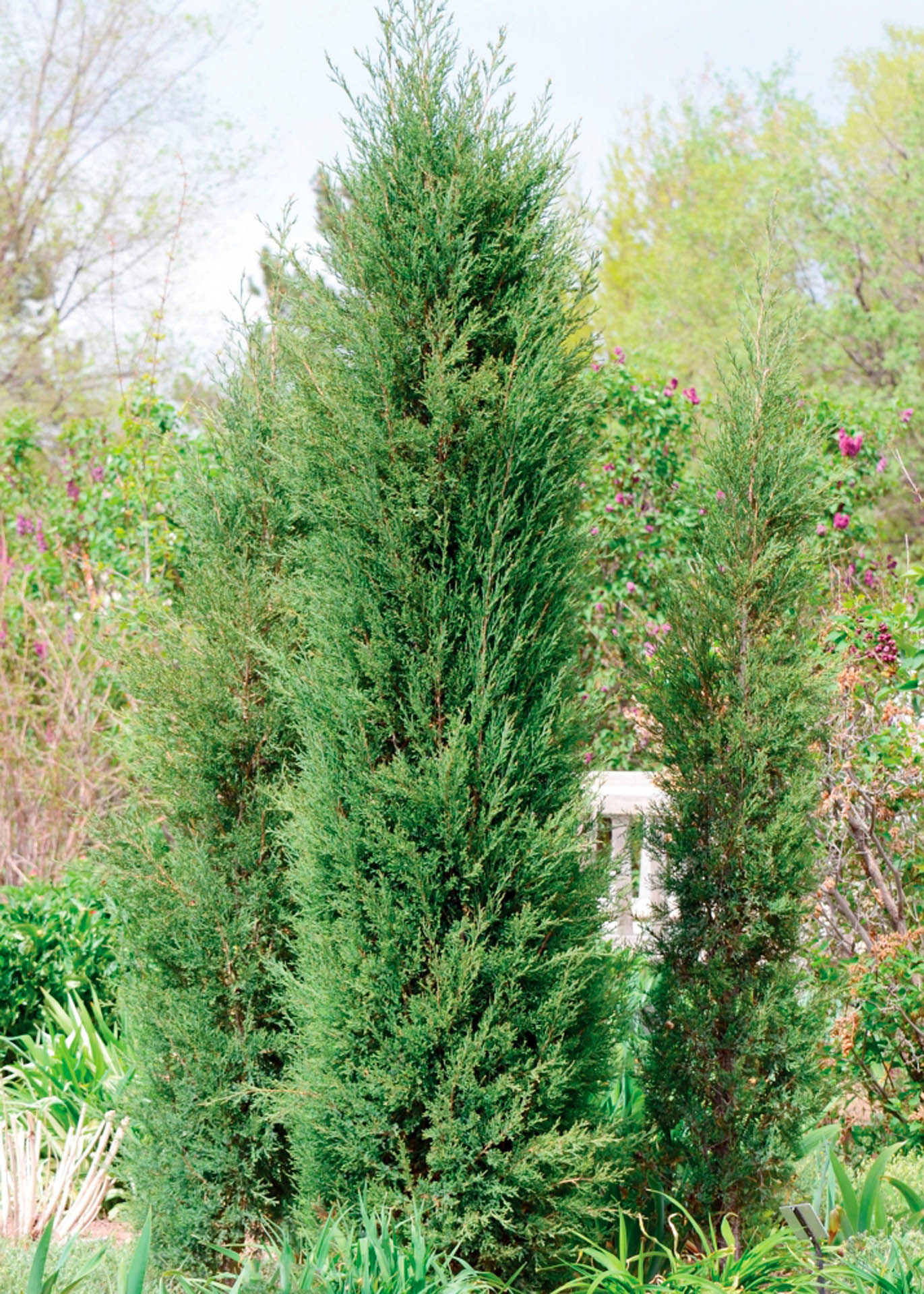On Sale!

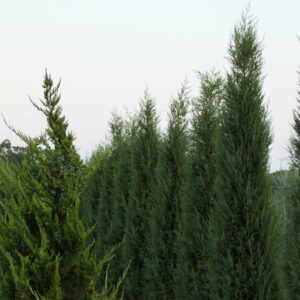
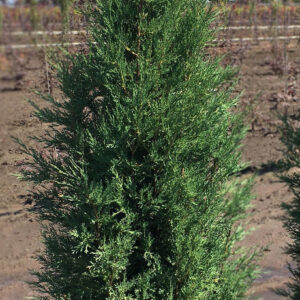

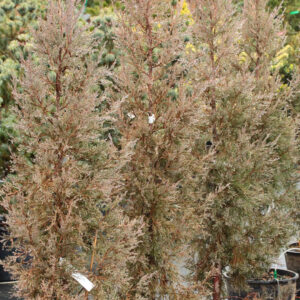
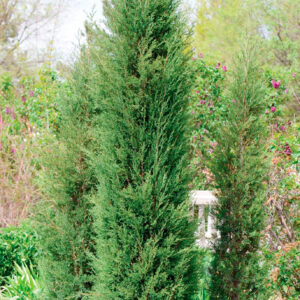






*Photos may demonstrate how the plant grows and do not necessarily pertain to the available crop(s).
Juniperus virginiana ‘Taylor’ Eastern Red Cedar
- Narrow, columnar habit
- Dense, blue-green foliage; deep bronze in winter
- Cold-hardy alternative to italian Cypress
Bulk Discounts Available
4-5 Feet Tall
- Base Price: $184.99 ea
- 10+ Units: $134.99 ea
SKU: JunVir-Taylor-0-0
Categories: Zone 4, Zone 5, Zone 6, Zone 7, Zone 8, Intermediate, Blue Conifers, Green Conifers, Columnar, Intermediate, Juniperus - Junipers, Ungrafted Varieties
Tag: GS
Description
A narrowly columnar plant with blue-green foliage. A good versatile substitute for the Italian cypress.
USDA Hardiness Map
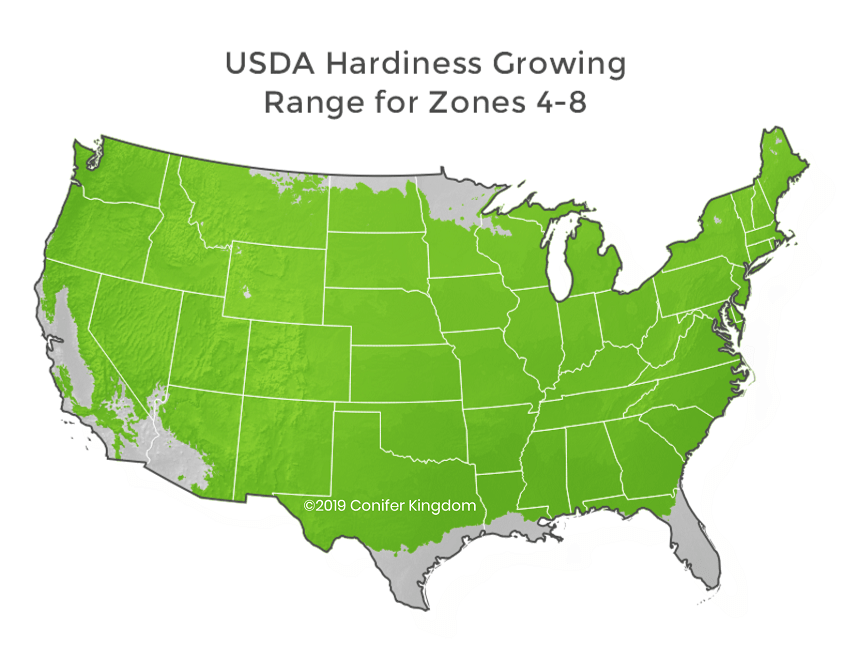
Plant Form

Taylor Juniper is a columnar variety of Eastern Red Cedar native to the U.S. and Canada that was discovered growing in a cattle ranch near Taylor, Nebraska, in 1978. Its resilience, dense blue-green foliage, and narrow form won the Nebraska Statewide Arboretum’s “Great Plants for the Great Plains” medal in 2003 and the prestigious Plant of Merit from the Missouri Botanical Gardens in 2016.
Narrow Vertical Accent Eastern Cedar
This tree fits beautifully anywhere a vertical accent is needed in the garden. It grows at a moderate rate of 8″ to 10″ a year and reaches 15′ × 3′ in 10 years. It can grow 20′ to 25′ high and 4′ wide at maturity. Its scale-like, fragrant, blue-green foliage is loose when the tree is young and denser as it grows into a uniform, narrow spire. The gray-brown bark peels off in strips hidden by the thick foliage, and in the winter, the blue-green foliage changes into a beautiful, deep bronze color, adding warmth to the landscape. Junipers are usually male and female trees, but Taylor is thought to be a male and, therefore, does not produce flowers or juniper berries.
Planting Taylor Junipers
When planting the tree, choose a sunny spot with well-draining soil. Taylor Junipers will adapt to a wide variety of soils as long as they are acidic, not overly rich, and not soggy with standing water. Their colors are richest in full sun and will appear dull and faded in partial shade. Make sure to leave enough space between trees when planting so that all the foliage on the trees receives sun as they grow. Water the trees at planting and regularly for the first year or two while the roots are developing. Once established, they become drought-tolerant, making them one of the most resilient junipers for hardiness zones 4 to 9.
Uses in Landscaping
Taylor Juniper is an outstanding cold-hardy alternative to Italian Cypress. Its beautiful color and narrow, dense shape make it an elegant choice for either side of an entryway, in informal groupings, planted in a row along a driveway, or as a windbreak, privacy hedge, or screen. It is also excellent in a courtyard, urban garden, rock garden, Mediterranean garden, or in containers around a pool or sunny patio. In addition to its other attributes, it is deer-resistant and tolerant of walnut trees and urban pollution.
Companion Plants
Companion plants around Taylor Juniper must grow well in the same soil, in drought-tolerant conditions, and in full sun. Shrubs such as barberries, honeysuckle, smoke bush, cotoneasters, flowering quince, viburnums, and abelias are attractive planted nearby. Flowering perennials such as Russian sage, echinacea, hellebores, lavender, heather, lilyturf, clematis, and anemones add a spot of color. And ground covers like sedums, periwinkle, rockrose, creeping phlox, sedums, and creeping euonymus make an attractive contrast to the tall, blue-green Taylor Juniper.
Additional information
| Weight | N/A |
|---|---|
| Latin Name | Juniperus virginiana 'Taylor' |
| COMMON NAME | Taylor Eastern Red Cedar |
| ANNUAL GROWTH | 8-10" |
| HxW@10 Years | 10'x6' |
| Hardiness Zone | Zones 4-8 |
| SUN EXPOSURE | Sun |
| Color | |
| Growth Rate | |
| Form | |
| Your auto-detected zip code |  |
| hardiness zone based on zip code |  |
| You can also try another zip code |
Related products
-

Pinus flexilis ‘Comanche’ Limber Pine
$59.99 – $134.99Price range: $59.99 through $134.99 View Details This product has multiple variants. The options may be chosen on the product page -

Picea pungens ‘Colonial Gold’ Colorado Spruce
$59.99 View Details This product has multiple variants. The options may be chosen on the product page -

Abies lasiocarpa ‘Mulligan’s Dwarf’ Subalpine Fir
$69.99 View Details This product has multiple variants. The options may be chosen on the product page -
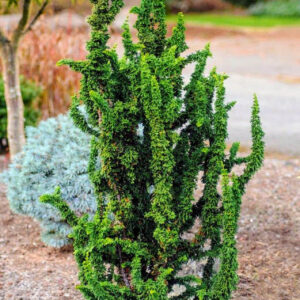
Chamaecyparis obtusa ‘Chirimen’ Hinoki Cypress
$79.99 View Details This product has multiple variants. The options may be chosen on the product page


